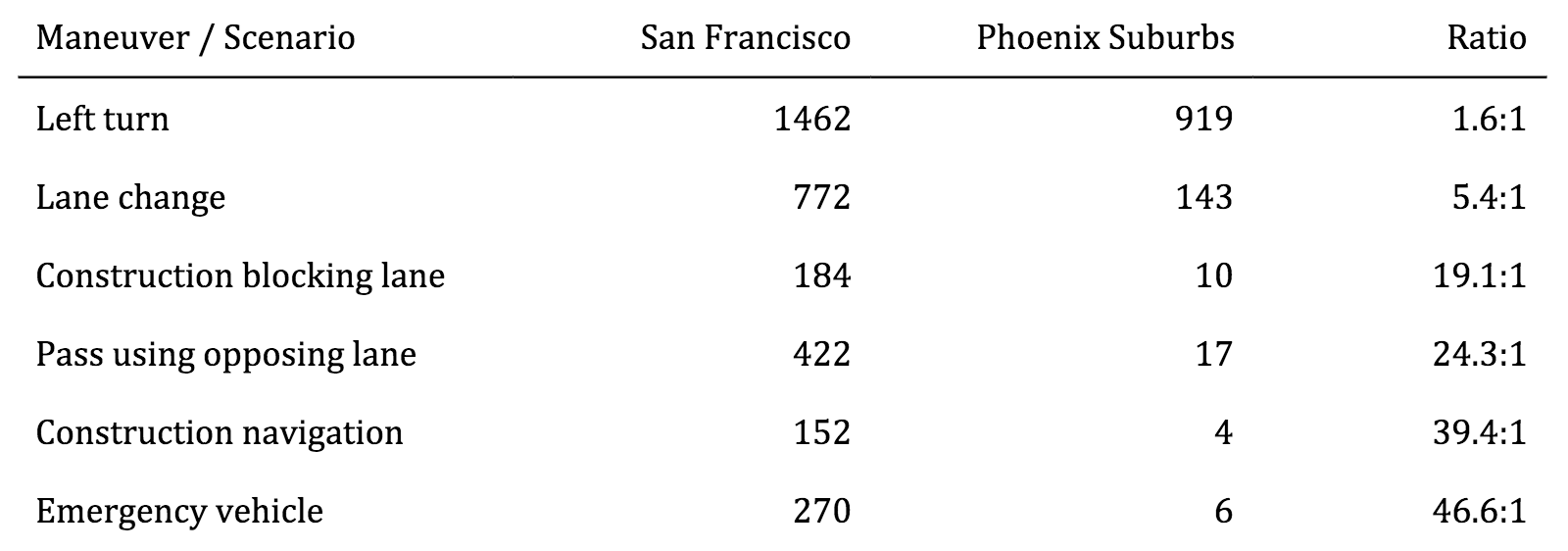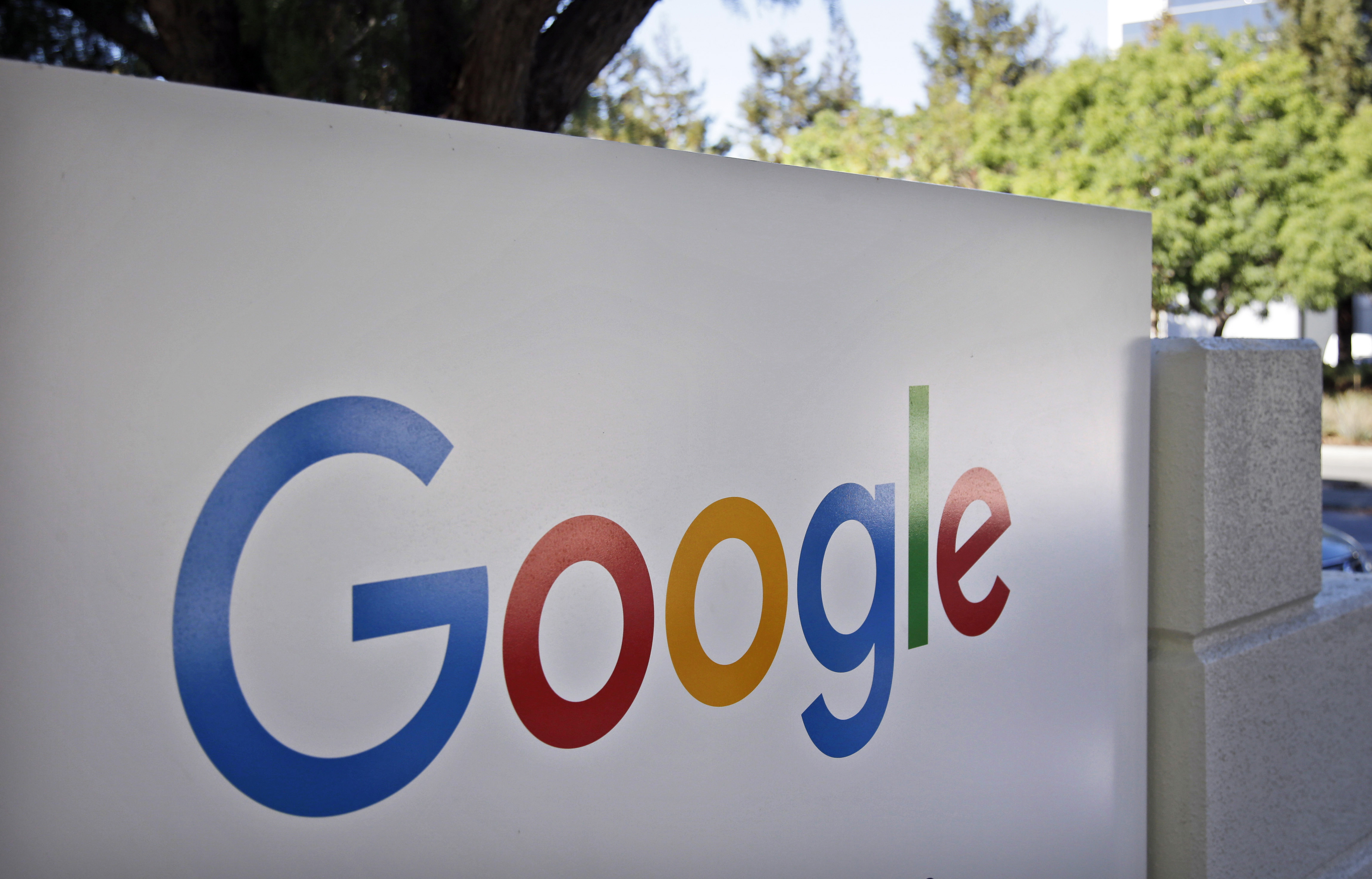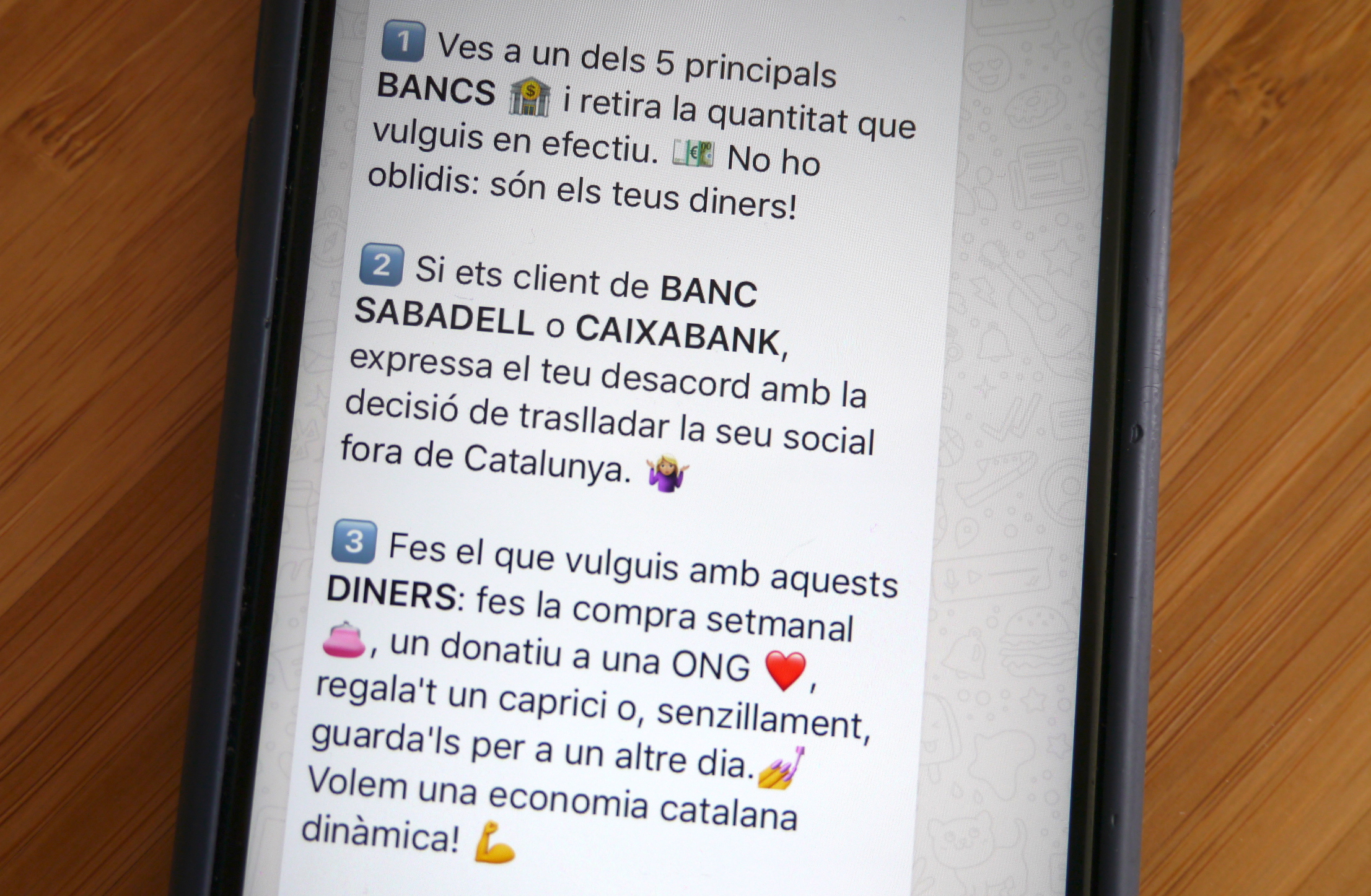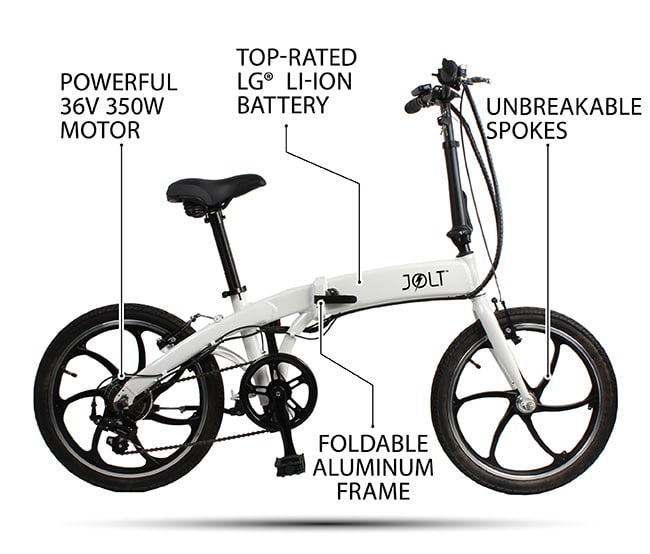GM’s Cruise explains why self-driving tests in dense cities gives it an edge

GM is sharing more info about its testing process for autonomous cars through Cruise, the startup it acquired last year. For the first time, Cruise has shared some numbers related to the advantages it says its program has by placing emphasis on city testing, vs. testing only in less densely occupied areas.
“Cruise does the majority of its testing, or at least a significant portion of it, in San Francisco, and in particular the most dense part of San Francisco,” explained Cruise CEO and founder Kyle Vogt on a call related to the news.
“The big thing that we want to point out today, is that driving in San Francisco is almost nothing like driving in the suburbs or other places where self-driving cars are tested,” Vogt explained. “There’s a lot of talk about miles, but really miles are not created equally.”
Vogt’s reference to talk of “miles” is almost certainly an indirect jibe at Alphabet’s Waymo, which frequently reminds the public that it has the most miles of autonomous vehicle testing to its credit among companies working on the problem. Also, Vogt followed up quickly with another veiled reference to Waymo’s testing program, which is running a trial ride hailing service in Arizona.
“In more suburban areas like Scottsdale, which is a suburb of Phoenix, we actually have data so we can compare the two,” Vogt said. Hey added that in the city (of SF specifically), tricky maneuvers like passing vehicles by crossing over into opposing lane of traffic actually happen quite frequently, as opposed to in suburbs.
In fact, this kind of thing happens 23.5 times as often in dense urban environments vs. in sparsely populated suburbs. And it’s the same when it comes to interacting with emergency vehicles, Vogt said, noting that Cruise’s vehicles encounter and have to interact with emergency vehicles almost 47 times as often in San Francisco vs. in a test environment like Scottsdale.
“As human drivers, we don’t draw too much of a distinction between driving in a suburb and driving in a city,” Vogt said, noting that actually they’re very, very different. He added that the reason Cruise has this focus isn’t arbitrary, but because it wants to test in the most challenging conditions in order to accelerate the deployment of actual AVs on roads.
Vogt says the complexity of running autonomous vehicles on roads is actually exponentially harder in urban cases, because the more objects you see, the more complex interaction between those objects have to be considered. In a simple environment, he noted, generally a vehicle is only doing one thing at a time. In dense conditions like San Francisco, all of these are stacked up on top of each other – like making a lane change while in presence of an emergency vehicle.
In response to a question about whether this announcement was a direct shot at Waymo, which has deployed a test pilot as mentioned above in a suburban area in Phoenix, Vogt said that “I’m saying there’s almost no comparison between driving in a suburban environment and in an urban one.”
Cruise’s testing is broadly split about equally in terms of the divide between suburban and city environments, per Vogt. He also provided a brief update on the progress of the company’s San Francisco based ride-hailing service pilot for employees.
“It’s given us some valuable feedback on what’s important from the customer standpoint,” he said. “We’ve been able to make some tweaks to our software to improve the experience.”
Published at Tue, 03 Oct 2017 17:00:31 +0000






